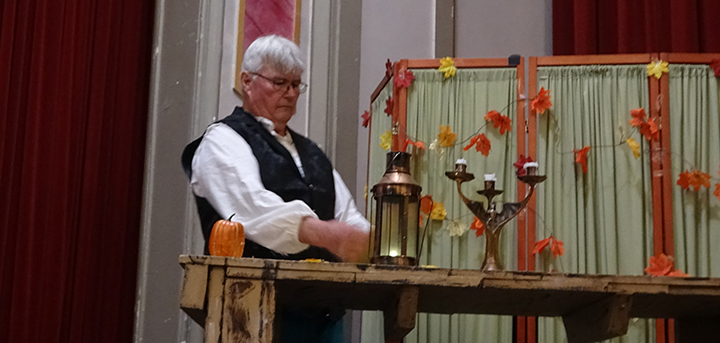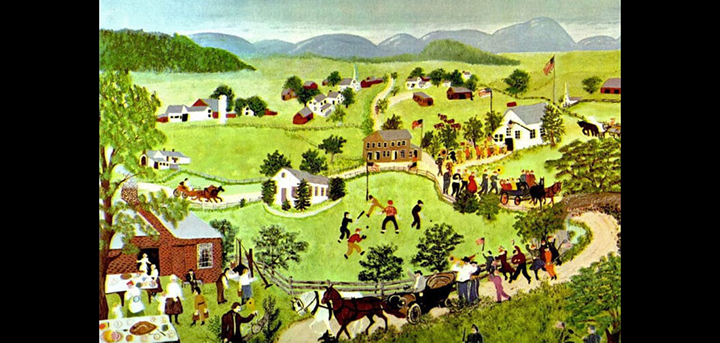Chenango should take lead in creating longterm, statewide dairy policy
NORWICH – Chenango County’s dairy farmers are in the spotlight thanks to the delicious taste of Chobani yogurt and local officials say the attention warrants taking a leadership role in the creation of a statewide strategy for the industry.
Earlier this week, supervisors who sit on the Ag, Buildings and Grounds Committee adopted a draft resolution that encourages Gov. Andrew Cuomo to develop a plan to produce enough milk to supply not only Chobani in the town of Columbus, but all of New York’s dairy foods processors.
“Because we have Chobani here, people expect us to exert some kind of leadership ... We need to be the first one. The goal is for us to be the start of the snowball,” said Chenango County Cornell Cooperative Extension Director Ken Smith.
Smith offered the draft legislation, which will be taken up by the full board next month, in the wake of Governor Cuomo’s surprise announcement last week that costly feedlot permits on herds of more than 200 cows would be cut. The development is expected to save dairy farmers as much as $2,000 per cow that would be otherwise be spent on environmentally compliant infrastructure when growing their herds.
New York Farm Bureau predicts that New York’s dairy farmers must be able to expand their output by 15 percent in order to take advantage of the opportunity that Greek yogurt presents for the state’ farmers, so the governor’s action is expected to open the gates for immediate expansion.










Comments